Table of Contents
- Titanic - BeinnMelandra
- Titanic - DawnThalulah
- How Much Was a Ticket on the Titanic? - Top Cruise Trips
- El oxígeno se agota y la búsqueda del sumergible del Titanic se acerca ...
- When did the Titanic sink, what happened, and where and at what depth ...
- 4 Trivia Questions about the Sinking of the Titanic
- Android 用 Titanic APK のダウンロード - 最新バージョン
- Titanic James Cameron Had Changed This One Scene 15 Y - vrogue.co
- Location Of Titanic Shipwreck Related Keywords Locati - vrogue.co
- Titanic al cinema | quando vedere in sala il film di James Cameron ...
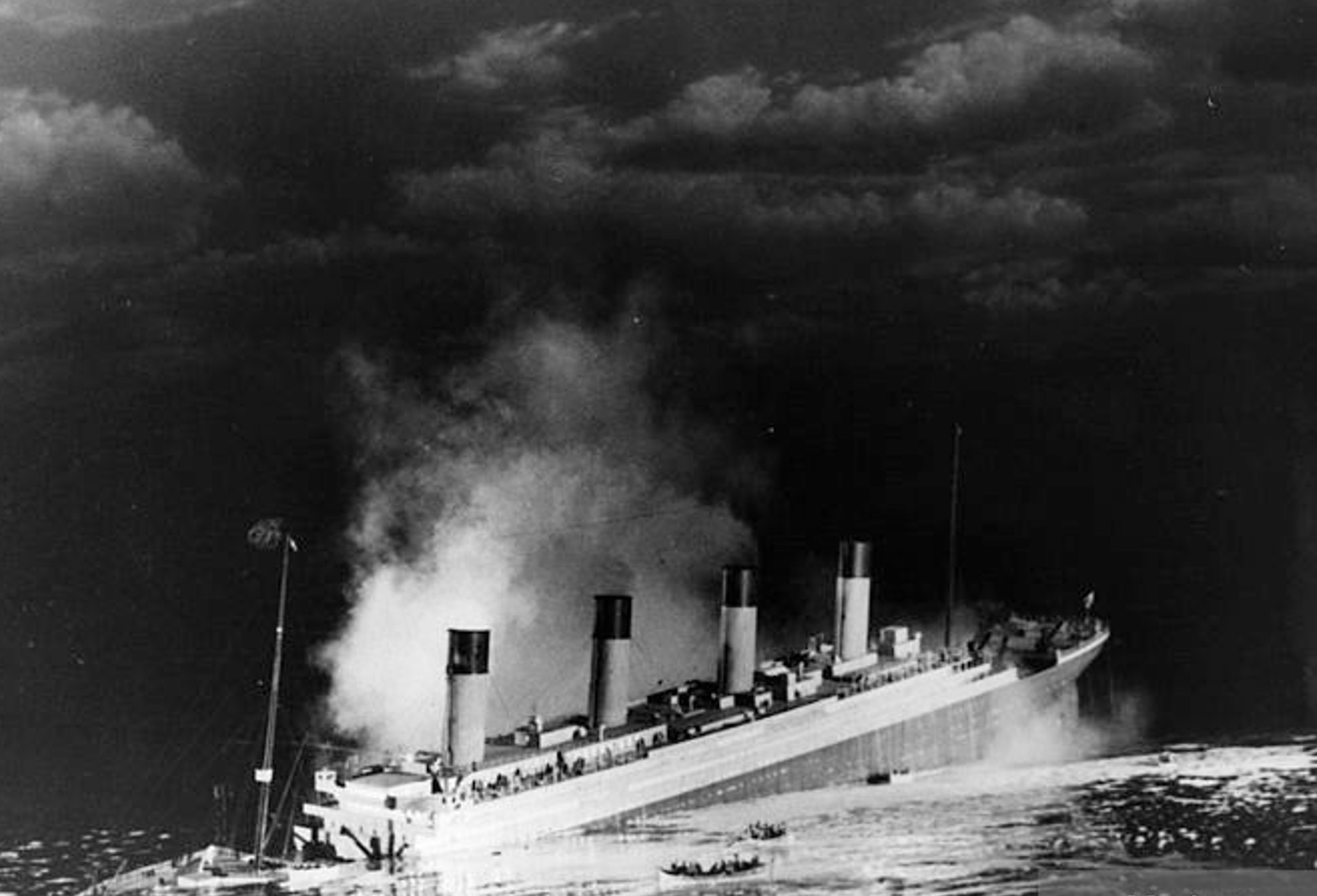
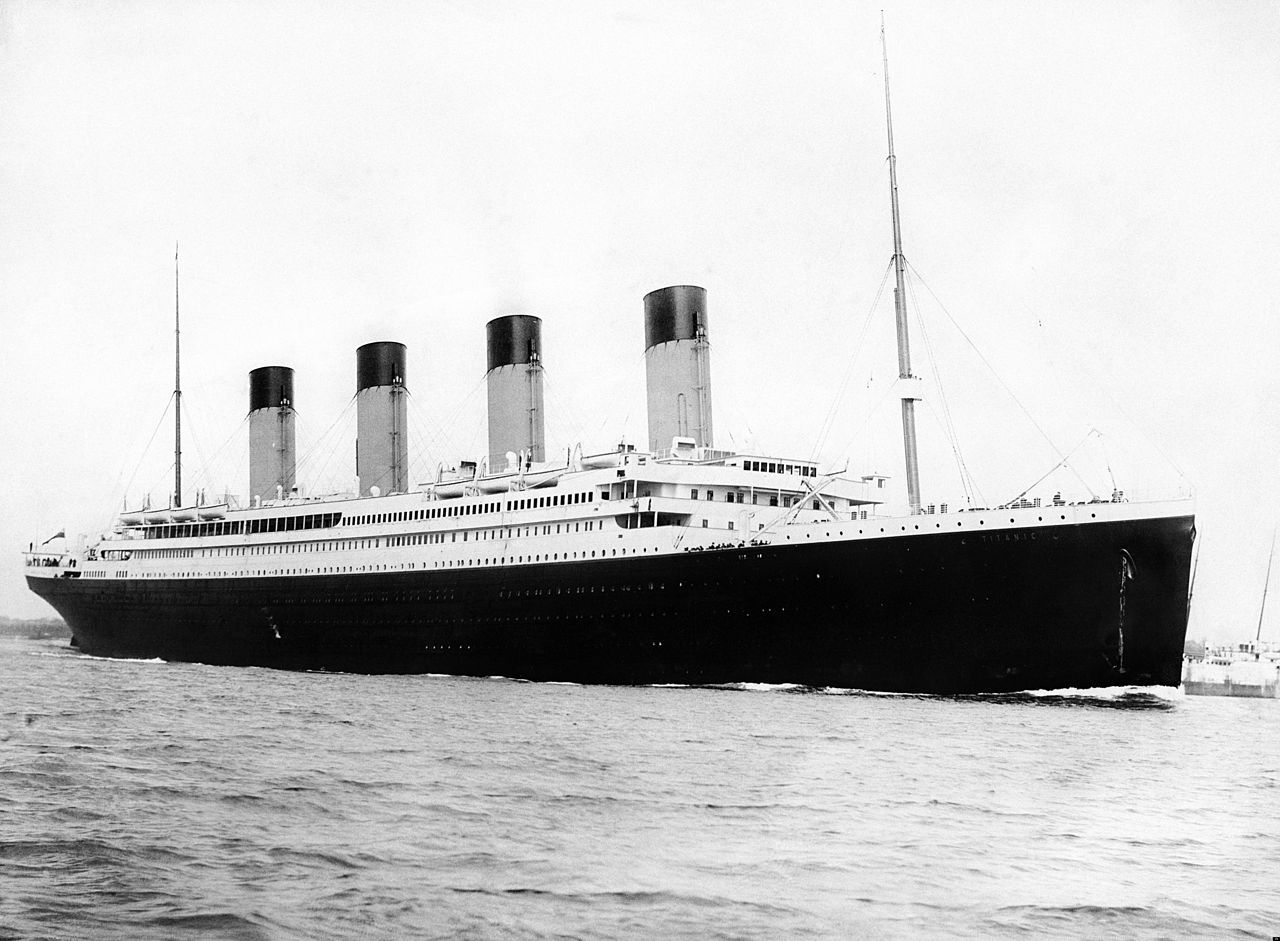

The Construction and Launch of the Titanic
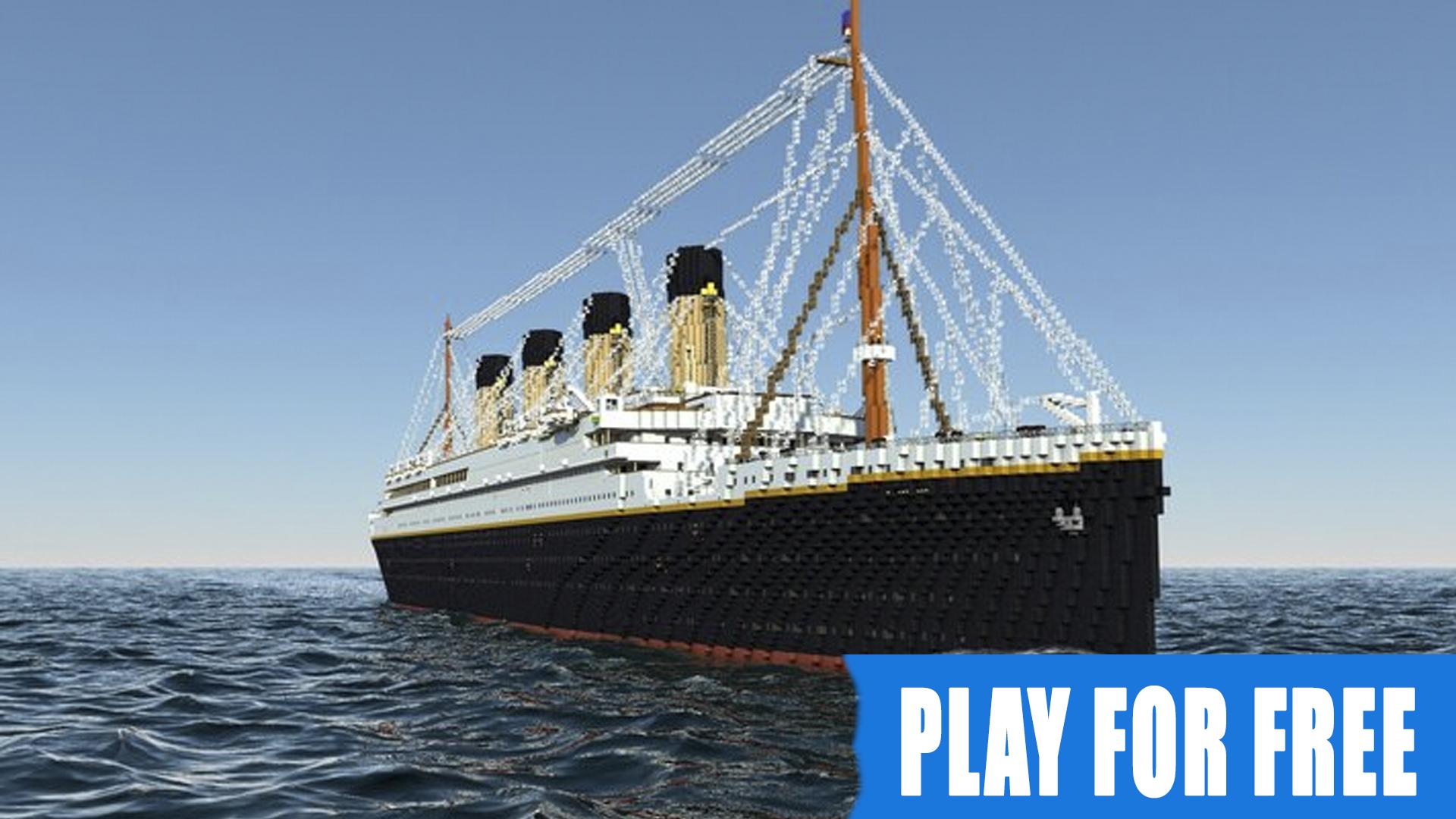

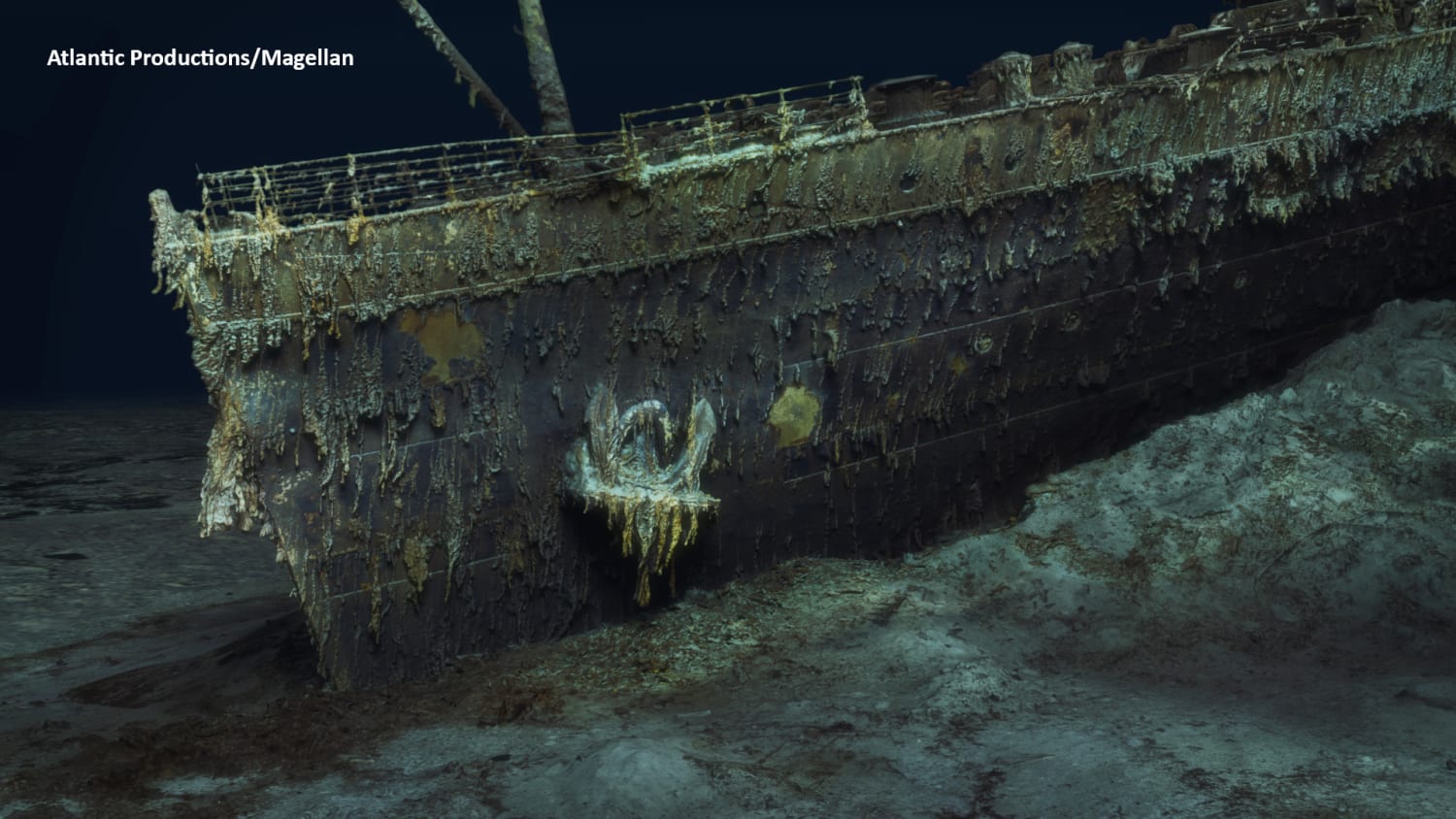
The Maiden Voyage and the Fateful Night

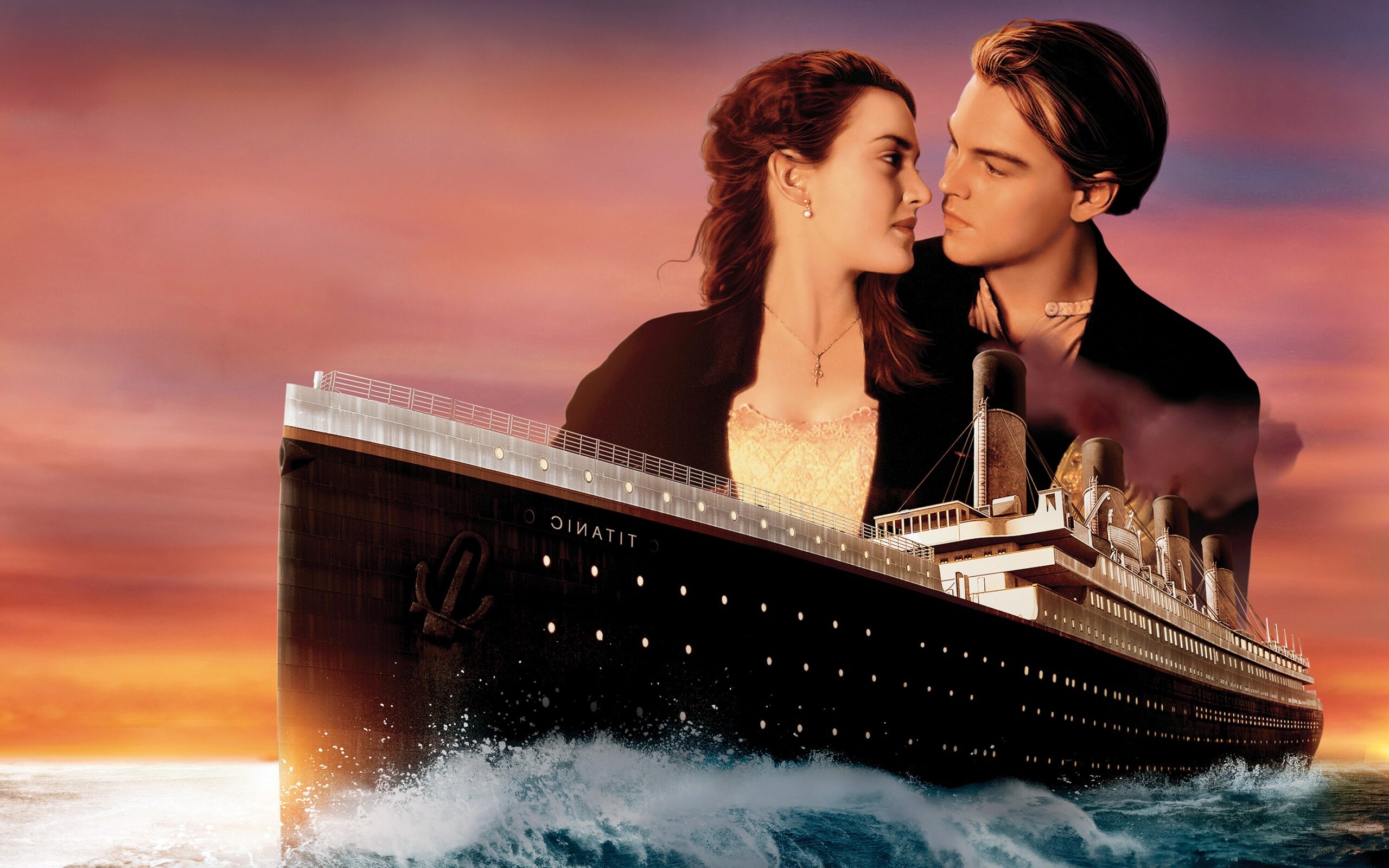

Aftermath and Investigation
The sinking of the Titanic sent shockwaves around the world, leading to a massive outcry and calls for improved safety measures at sea. An investigation into the disaster was conducted by both the British and American governments, which led to significant changes in maritime safety regulations. The International Convention for the Safety of Life at Sea (SOLAS) was established in 1914, mandating safety measures such as a system for reporting icebergs and a requirement for enough lifeboats to accommodate all passengers and crew on board.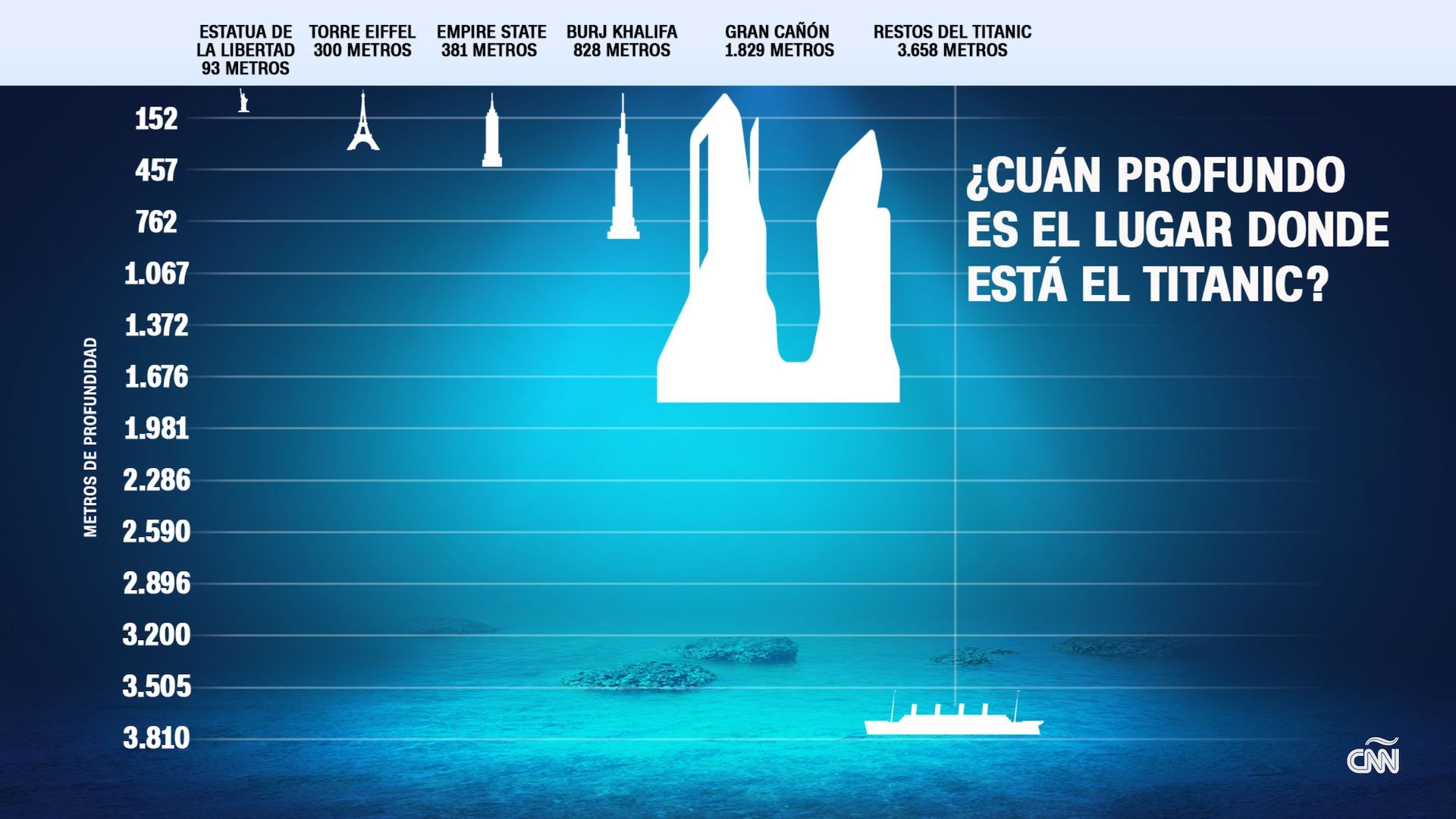
Fascinating Facts About the Titanic
- Speed: The Titanic was moving at a speed of about 22 knots when it hit the iceberg. This speed, in an area known to have ice, was considered too high and contributed to the severity of the damage. - Lifeboats: Despite having a capacity for over 1,178 people, the lifeboats were launched with only about 705 people on board, leaving many to perish in the freezing waters. - Warnings Ignored: The Titanic received several iceberg warnings from other ships, which were ignored or not acted upon in a timely manner. - Band Played On: The ship's band played music on the boat deck as the crew loaded the lifeboats, with the last song reportedly being "Nearer, My God, to Thee." The sinking of the Titanic is one of the most tragic maritime disasters in history, serving as a stark reminder of the importance of safety and humility in the face of nature's power. The legacy of the Titanic lives on, not just in the stories of its passengers and crew, but in the changes it brought about in maritime safety, ensuring that such a tragedy would never happen again. Today, the Titanic's story continues to captivate people around the world, a testament to the enduring power of human curiosity and the importance of learning from the past.For more information on the Titanic and its history, visit History.com.